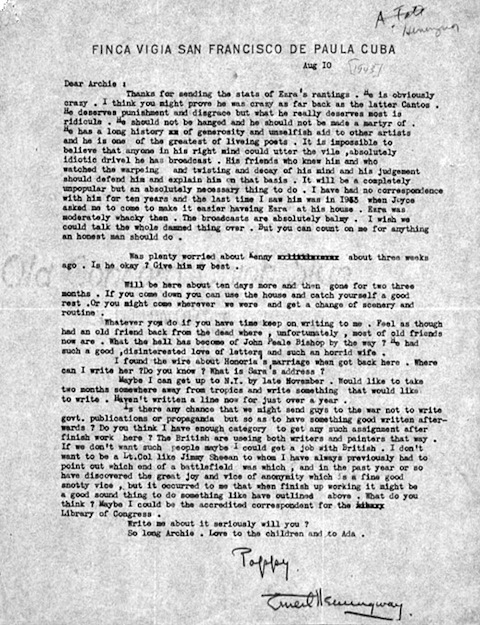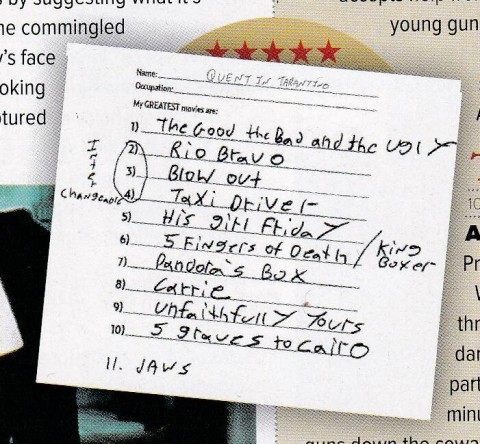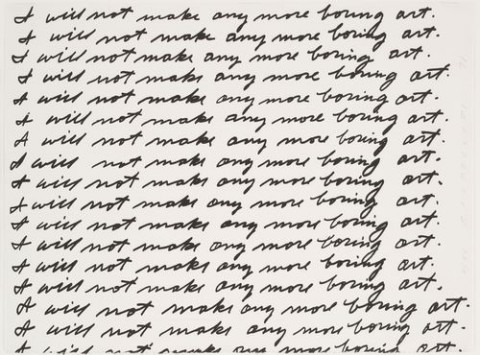In the acclaimed 1986 film Round Midnight, the great tenor saxophonist Dexter Gordon plays an aging American jazzman living in Paris in the late 1950s, struggling to control his addiction to alcohol so he can keep playing every night at the Blue Note in Saint-Germain-des-Prés.
The role came naturally to Gordon, whose own struggle with heroin addiction in the 1950s resulted in prison time and a loss of his New York City cabaret card. Unable to play in the clubs of New York, Gordon moved to Europe in the early 1960s and stayed there for 14 years. But while Dale Turner, his character in Round Midnight, is a worn-down man nearing death, Gordon’s European exile was a period of rebirth.
By the time the French film director and jazz enthusiast Bertrand Tavernier tracked Gordon down in 1984, though, the saxophone player had been back in America for a decade and was, after 40 years on the jazz circuit, becoming a bit worn down himself. The Dale Turner character is based partly on tenor saxophonist Lester Young, who was Gordon’s friend and mentor and a major influence in his life, and partly on pianist Bud Powell, whom Gordon knew and worked with in Paris. Tavernier was looking for authenticity and he found it in Gordon, a man with a direct link to the golden age of bebop. As the filmmaker told People in 1986, “I could not think of anyone else doing the part.”
Round Midnight was a critical success. Gordon received an Academy Award nomination for best actor in a leading role. The film was noted for “its lovely, elegiac pacing and its tremendous depth of feeling” by Janet Maslin of the New York Times. “No actor could do what the great jazz saxophonist Dexter Gordon does in ‘Round Midnight,’ ” writes Maslin, who describes Gordon’s screen presence as the very embodiment of the music itself. “It’s in his heavy-lidded eyes, in his hoarse, smoky voice, in the way his long, graceful fingers seem to be playing silent accompaniment to his conversation. It’s even in the way he habitually calls anyone or anything ‘Lady,’ as in ‘Well, Lady Sweets, are you ready for tonight?’ ”
Those are the words Turner addresses to his saxophone at the beginning of the scene above. The film then cuts to the Blue Note, where the musician’s young admirer Francis (played by François Cluzet) is transfixed as the old man gives a melancholy, world-weary performance of the Johnny Green standard “Body and Soul.” Like all of the music in the film, “Body and Soul” was recorded live on the set. Gordon is accompanied by Herbie Hancock on piano, John McLaughlin on guitar, Pierre Michelot on bass and Billy Higgins on drums.
For more on Dexter Gordon, including a film clip from a vintage performance at a Dutch nightclub, see our earlier article “Dexter Gordon’s Elegant Version of the Jazz Standard ‘What’s New,’ 1964.”






